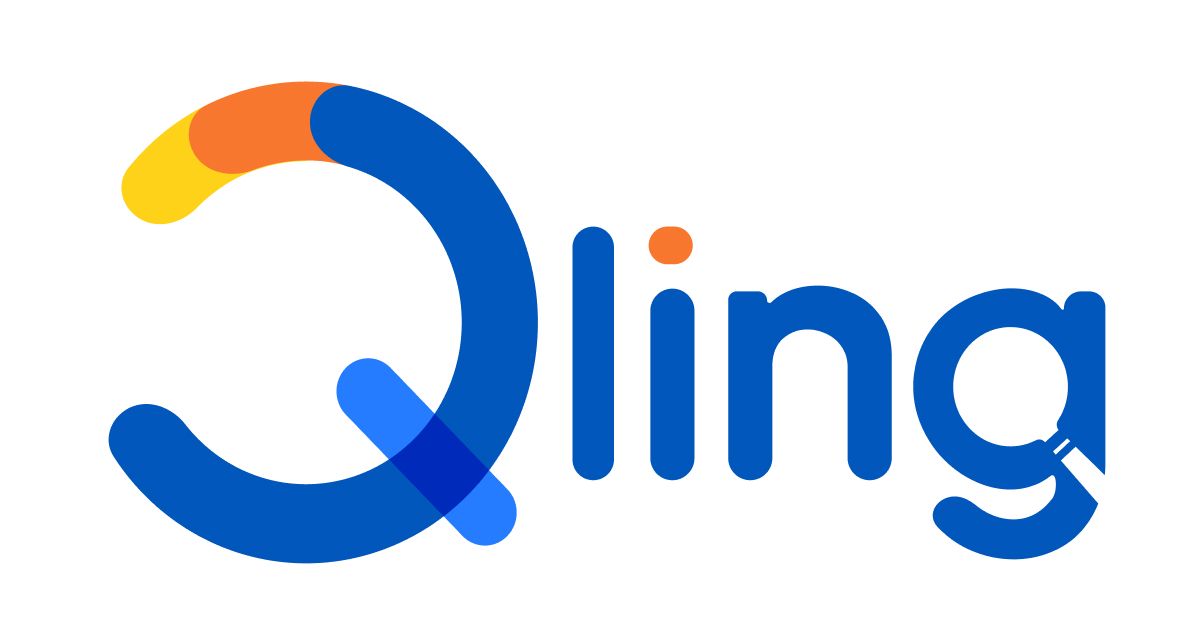Why you should measure confidence before training adults?
Categories: : The Learning Insights

Key Takeaways
- Measuring the baseline understanding does not convey an accurate picture
- Our Capability and Confidence assessment helps in categorizing learners accurately
- You can create more meaningful learning journeys for each category of learners
Adult learning is different! Most adults invest in learning to do better and grow in their jobs/businesses. Before they decide to learn, adults come with their understanding and confidence about the subject in question. For each of them, the understanding and confidence may vary in degree.
Measuring the baseline understanding does not convey an accurate picture
We often miss measuring confidence
Good learning organizations measure the initial capability or understanding by conducting a pre-program assessment. This helps identify areas where the employees already have the capability and the organizations can build on it further. This is a wonderful concept, but it is limited in what it can deliver.
Let us take an example.
There are two participants, A and B, who take a pre-program assessment. A scores 5 out of 10, whereas B scores 6. Most people will conclude that B's understanding is slightly better than A's. But is that true?
On investigating further, you may discover that A was extremely confident of the 5 questions that she answered correctly. On the other hand, B claimed that all the six questions she answered correctly were guesswork. Does this information change your opinion about their existing capability?
Further investigation reveals that B was extremely confident about the four questions that she answered incorrectly. This complicates the matter further.
Multiple benefits of measuring confidence besides capability
The approach of measuring confidence for each answer provides insights that are otherwise hard to get. At Qling, we use a Capability and Confidence Assessment, which not only helps us get an accurate understanding of the pre-program capability but also helps in program & learning design.
In this article, we will only look at how we categorize the participants basis the results of the assessment. However, if you would like to know how we use this analysis for developing more meaningful journeys, then you should click here.
Our Capability and Confidence assessment, helps in categorizing learners accurately
So what do we really do?
In every pre-assessment that we conduct, besides checking for the answer, we measure the confidence of their responses. The confidence level, along with the capability, shows amazing insights. The results are shown in the image below.

Participants are classified into four different zones based on their responses. These are:
Zone of Agitation: Participants who are getting introduced to a new concept usually start in this zone. Low understanding and low confidence characterize this zone. Over time, based on capability development or an increase in confidence, they move to either the Zone of Opportunity or the Zone of Realization.
Zone of Realization: Participants in this zone have high confidence, however, they are not very strong in capability. This is a risky zone, as the participants may not feel the need for capability development, and maybe "incorrectly confident". The primary objective of an expert is to help the participants realize they need help in the areas where they are very confident.
Zone of Opportunity: These are participants who have good knowledge or understanding, but are low on confidence. With a bit of effort, participants in this zone can easily move to the Zone of Growth.
Participants in different zones learn differently. To understand how to create a meaningful learning journey for each zone, you can click here to read our blog on creating meaningful learning journeys.
You can create more meaningful learning journeys for each category of learners
So what do we really do?
With this approach, organizations can design more focused, relevant, and effective learning experiences. Without this information, your development initiative is hanging on a prayer and hope that the participants consuming it will find it meaningful.
If you would like to discuss more about the Capability and Confidence Assessment, please write to me at ankush.chopra@qling.net or speak to me by clicking here.
Related Blogs
Is being confident hindering your success?
- Misplaced confidence with a flawed understanding of concepts can derail learning
- Our Capability and Confidence assessment pinpoints areas where the understanding is incorrect, yet confidence is high
- By using data smartly, we are able to build in quick acceptance for the areas that need more attention
Creating meaningful learning journeys
- Often, learning journeys do not address the needs of a learner
- To create a meaningful learning journey, you need to accurately know the starting point of a learner
- Our framework helps you determine the learning inputs you should provide to each category of learners
5 Steps to utilize your e-learning investment
- There has been a surge in the e-learning investments made by organizations
- However, L&D teams usually find it difficult to understand the contribution an e-learning platform makes in capability development of employees
- Follow our 5 step framework to maximize your e-learning investment
0px
Want updates? Let us know.
If you would liked to be notified when we release a new blog or have anything worthwhile to share, then please subscribe to our newsletter. We won't spam you. You can unsubscribe anytime.
I have read and agree to the terms & conditions.
 Ankush Chopra
Ankush Chopra 











